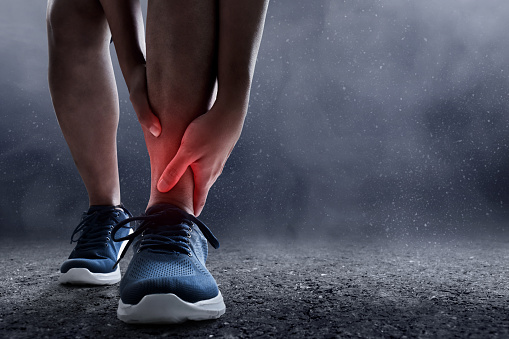Report by Ananya Singh
The Why Series
Most of us must have felt an ache in the muscles after strenuous and tiring exercise, especially when we have exercised after a long period of not doing such activities. But why does this happen? There are two types of muscle pain that can occur after completing a workout.
Acute Muscle Soreness: Exercising makes our muscles contracts and causes fatigue. The pain that is felt during or immediately after a workout is called AMS (Acute Muscle Soreness). It is the burning sensation that is felt in the muscles due to a build-up of lactic acid. When we use-up a lot of energy, our muscles switch over to anaerobic respiration. Anaerobic respiration is respiration that takes place without oxygen. Respiration is the process by which the body uses oxygen to make energy. However, in anaerobic respiration, oxygen is not involved, which leads to less glucose being broken down. This leads to our body releasing a lot of lactic acid which builds up in our muscles, thereby causing pain. Our body decides to switch onto anaerobic respiration because the balance between the oxygen needed and oxygen taken in is not equal. This is also why we pant.
Delayed Onset Muscle Soreness: After exercising our muscles go through Delayed Onset Muscle Soreness (DOMS). According to this theory, we feel soreness in our muscles as exercise puts strain on them and cause tiny and microscopic tears in muscle fibres. Our body responds to this by increasing inflammation in the affected part. It is not the tear itself but the healing process that causes pain. The fibres heal themselves in around 72 hours after which we stop feeling sore and in pain. Symptoms of DOMS usually occur about 12-24 hours after a workout.
In some activities, neither of these affect us. We only feel tired. Activities like cycling and swimming involve equal contracting and lengthening of muscles. This maintains the balance and we feel tired but not in pain.



